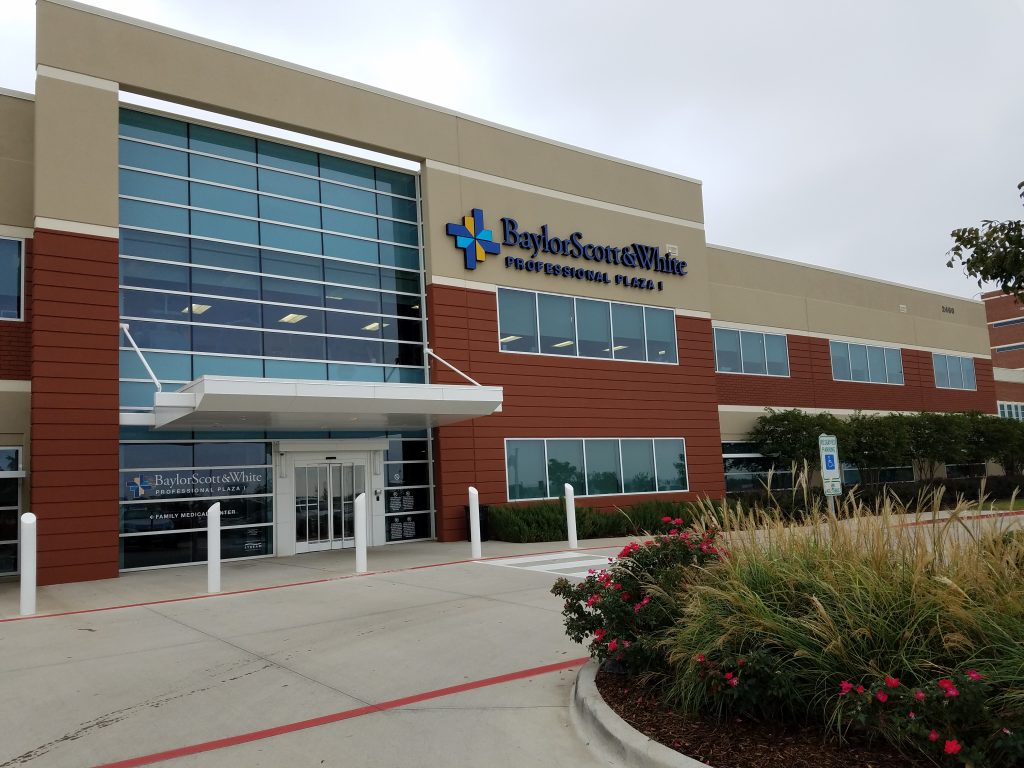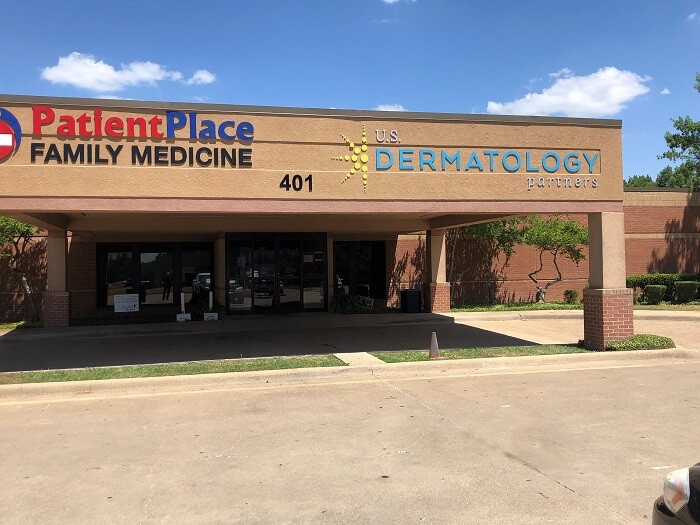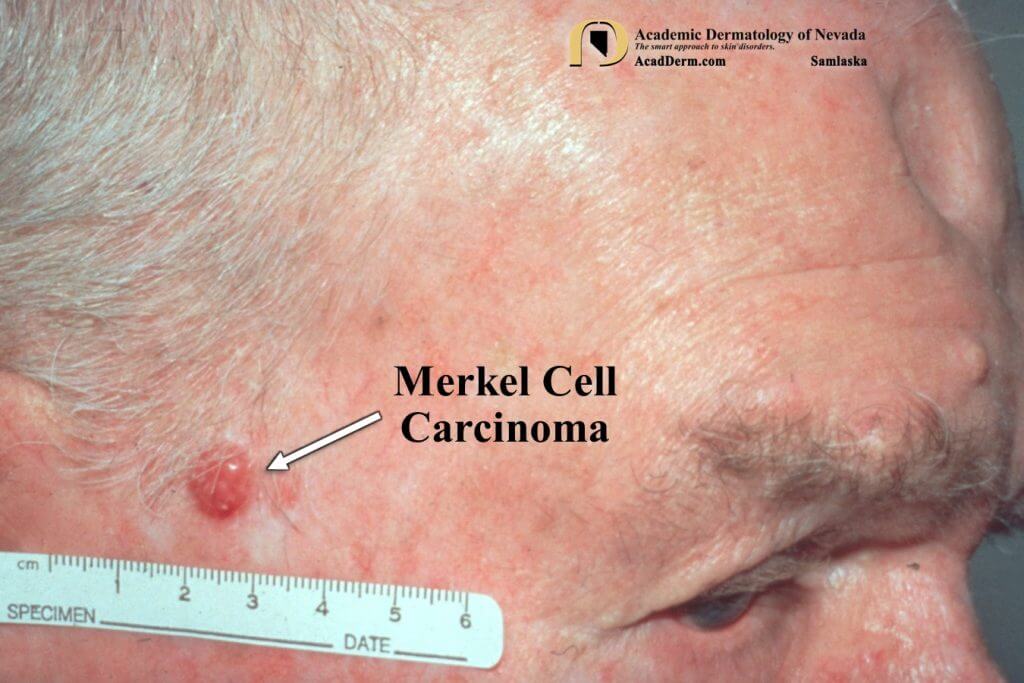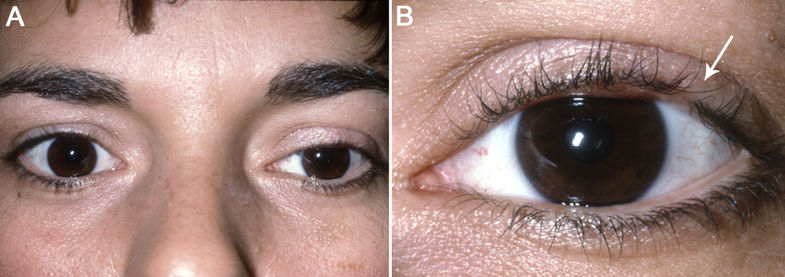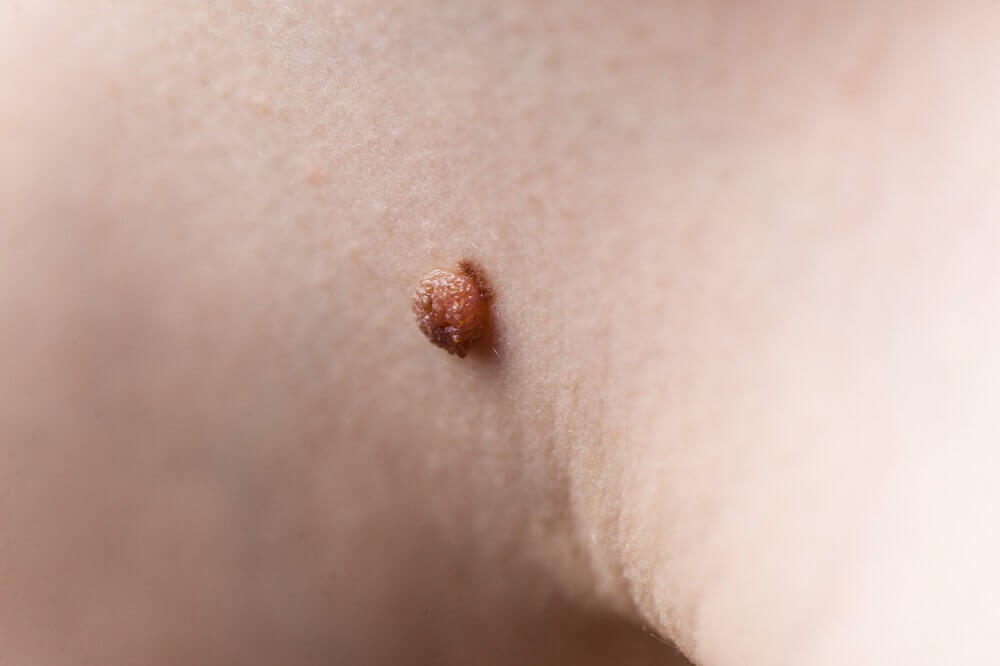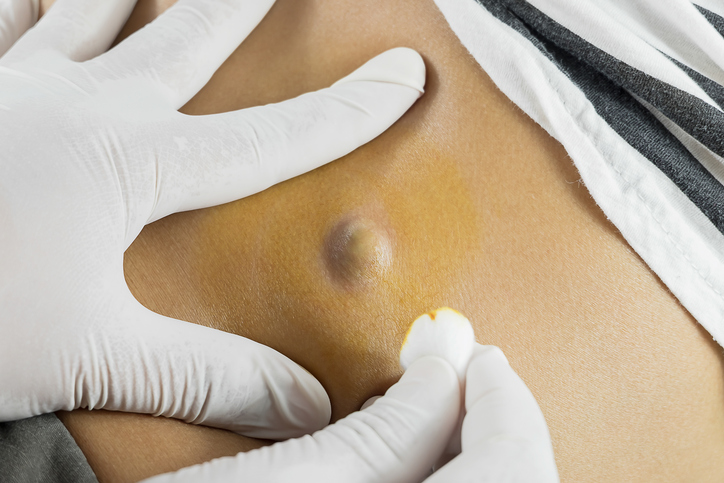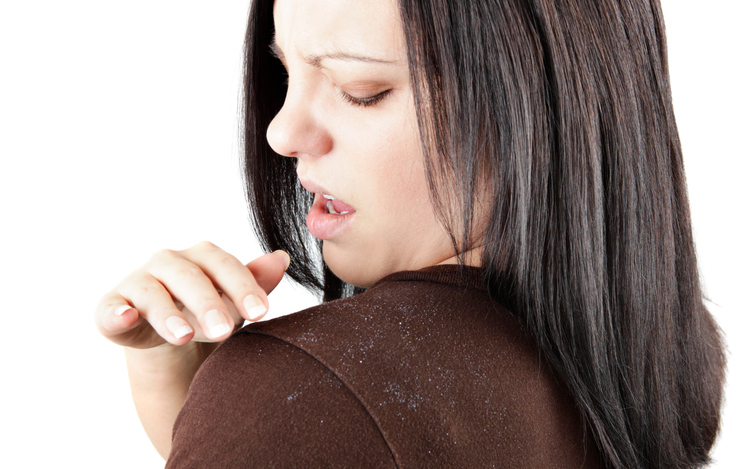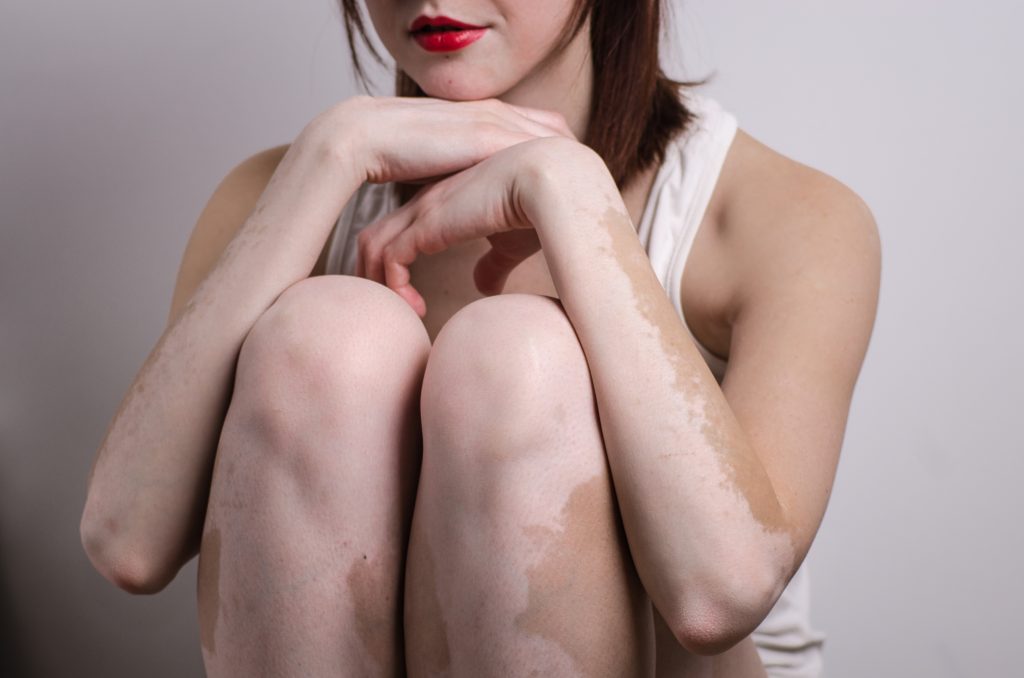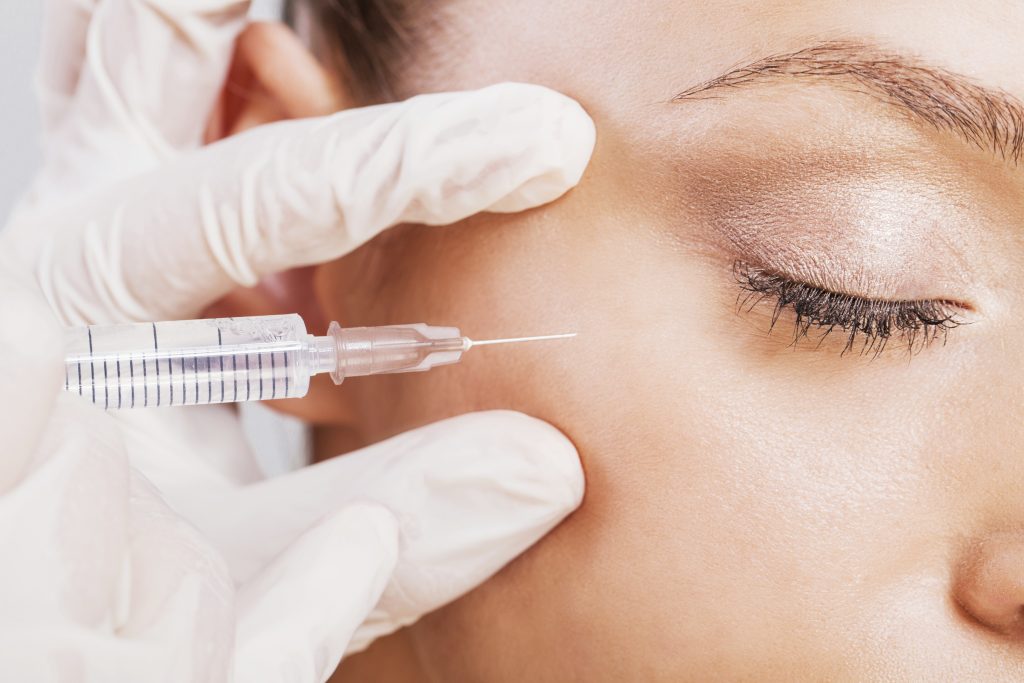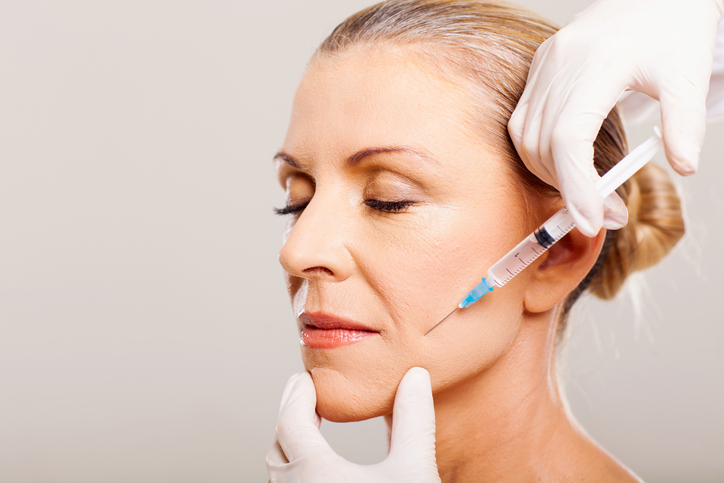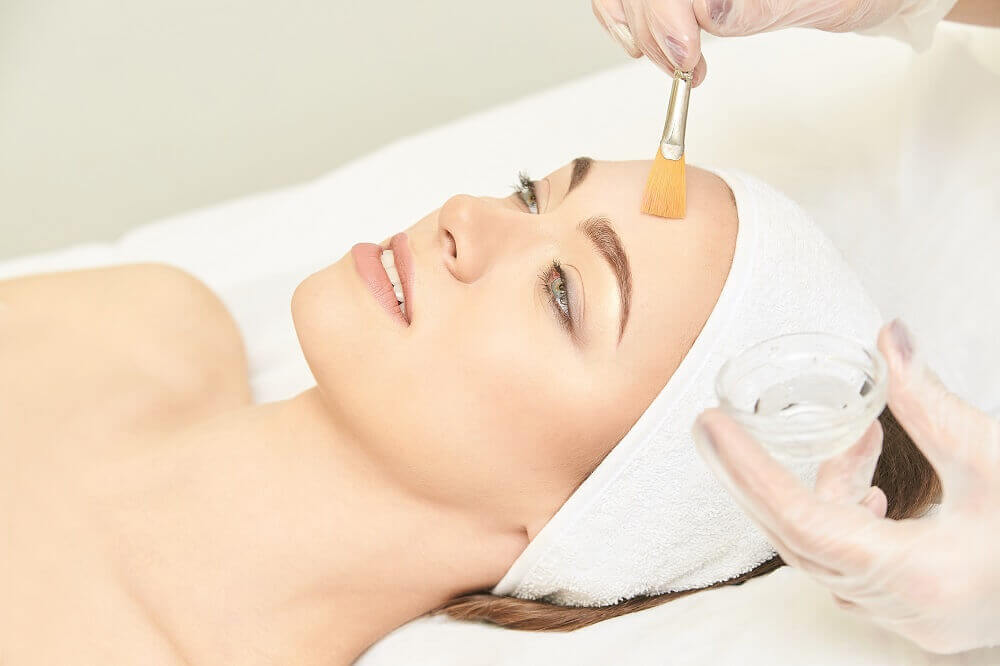Joleen Volz grew up in Upstate New York and moved to North Carolina in 1997, where she received her Bachelor of Physician Assistant Studies from East Carolina University in 2003. Following her undergraduate work, she began work as a dermatology PA in Wilmington, North Carolina, at Lower Cape Fear Dermatology Clinic, PA. During this time she continued to further her education and received a Masters of Physician Assistant Studies of Dermatology in 2006. In 2009, she moved to Texas to further her career with U.S. Dermatology Partners. She obtained her terminal degree, Doctorate of Medical Science, from Lynchburg University in 2019.
She is board certified by the National Commission on Certification of Physician Assistants as well as the National Board of Dermatology PAs and is licensed by the Texas Medical Board. She keeps up her medical education and remains up to date on all new advances in dermatology. She is highly engaged in professional leadership as a dermatology PA, actively shaping the field through advocacy, influencing industry standards, mentorship, and continued education.
Outside of dermatology, Joleen Volz enjoys spending time with her husband, Matt, two daughters, Alyssa and McKenzi and her 2 granddaughters, Carolina and Azalea.
Joleen Volz treats patients at U.S. Dermatology Partners, Waxahachie and U.S. Dermatology Partners, Corsicana, formerly Medical Arts Dermatology, in Waxahachie and Corsicana, Texas.
Specialties and Affiliations
- NCAPA – Coastal Cape Fear Chapter (Former President)
- Society of Dermatology Physician Assistants
- Constituent Relations Committee Chair
- Secretary/ Treasurer
- Board Member of the Year, 2012 & 2019
- Diplomate Fellow
- Texas Society of Dermatology Physician Assistants
- Founding President
- CME Chair
- Dermatology Physician Assistant Foundation
- DPAF Trustee 2015-12/2021
- DPAF Secretary/Treasurer 2019-12/2021
- Journal of Dermatology Physician Assistants
- Deputy Editor; Editorial Board 2019-3/2022
- American Academy of Physician Assistants
- AAPA Liaison to the AAD 2020-2022
- AAPA Distinguished Fellow
- Texas Academy of Physician Assistants
- Dallas-Fort Worth Dermatology Physician Assistant Society


